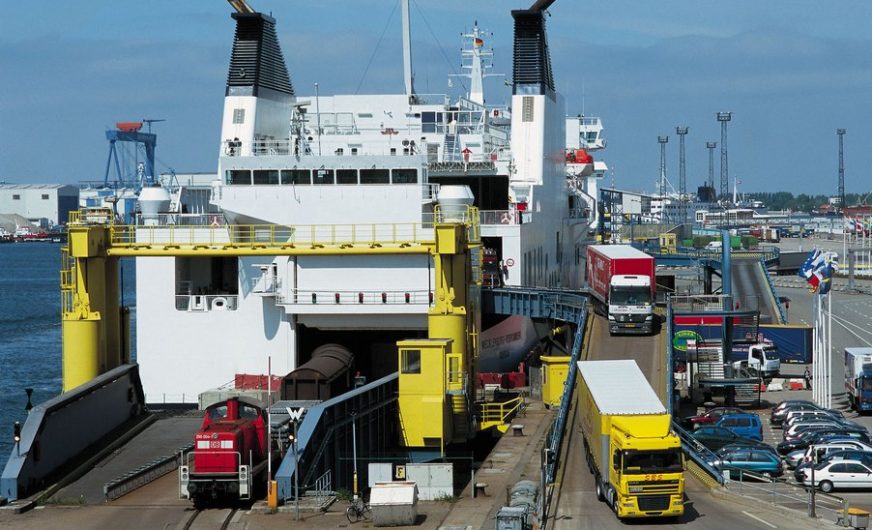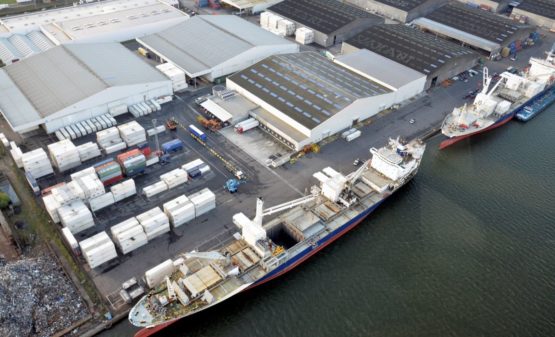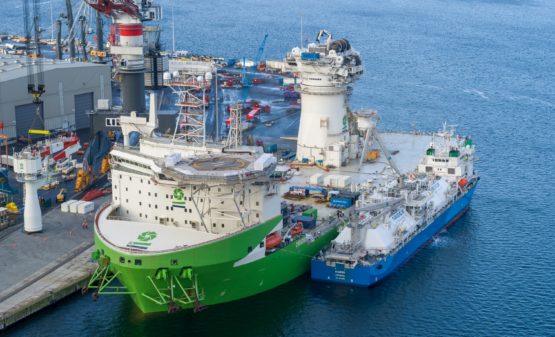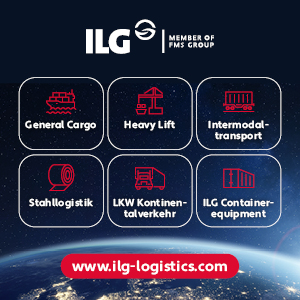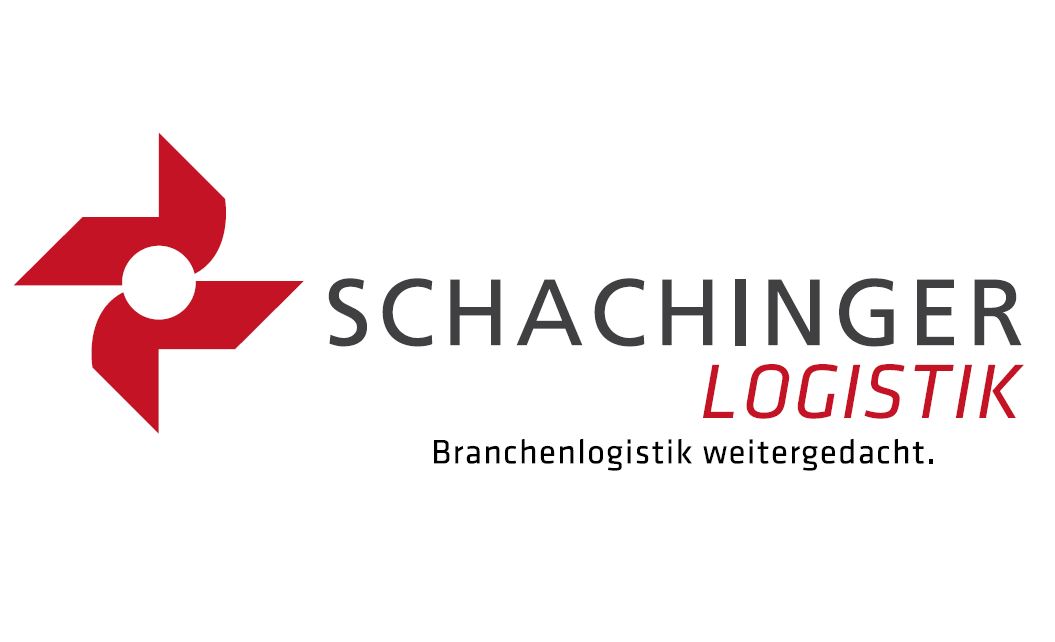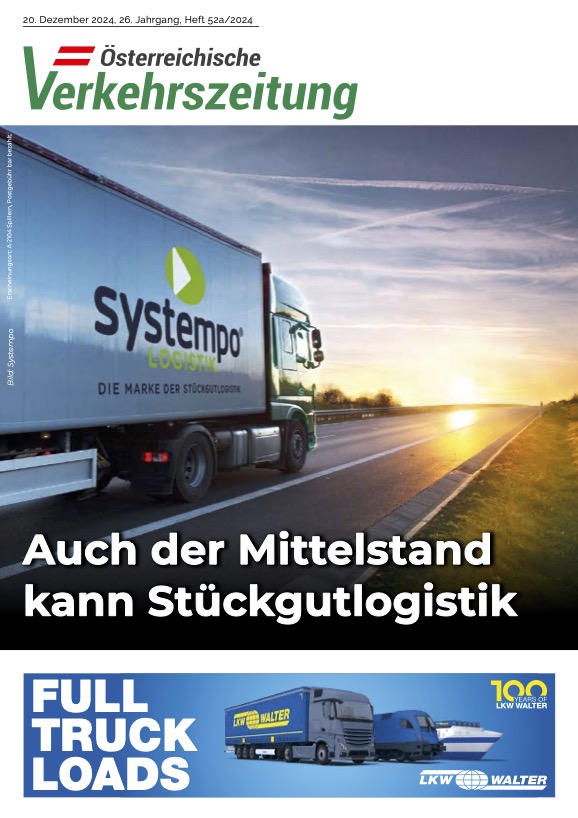In the first six months of this year, 13.3 million gross tonnes of cargo were handled in the overseas port of Rostock, which is 300,000 tonnes or 2.3 percent more than in the same period last year. After several years of continuous growth, rolling freight of ferries and RoRo traffic fell by four per cent compared to the first half of 2018, mainly due to a sharp decline in paper volume.
From January to June 2019, 8.35 million tonnes of rolling cargo were moved past the quaysides of the ferry and RoRo terminals. The share of ferry and ro-ro freight in the total turnover in the universal port of Rostock was 63 per cent in the first half of the year. Paper and cellulose turnover reached 352,000 tonnes in the first half of 2019, which 64,000 tonnes less than in the same period of 2018.
On the three ferry and three RoRo connections to and from Denmark, Sweden and Finland, 196,300 trucks (accompanied units) were transported, 6.5 per cent fewer than in the same period of the previous year. By contrast, transshipments of unaccompanied units increased, while 66,100 trailers or other load carriers rolled over the quays (up one per cent). In the first half of 2019, more than 9,000 rail cars were transported by sea (up 15 per cent).
The transshipment of intermodal loading units in combined transport (CT) increased in the first half of 2019 by 17 per cent compared to the same period of the previous year. The increasing volumes are attributable in particular to the new services between Rostock and Lovosice (April 2019), Cervignano (September 2018) and Curtici (November 2018).
“We continue to work with partners on new train connections into the natural hinterland of Rostock. We want to make greater use of the advantages of Rostock as a location for combined transport, especially to Southeastern Europe,” said Gernot Tesch.
“In the first half of 2019, several large-scale construction projects began in the first half of 2019: the construction of berth 23, the upgrading of berth 15 to Pier III, the construction and optimisation of berths 50 and 62/63 as well as the Construction of a new terminal in Warnemünde. Until May 2019, construction work amounting to EUR 15 million (until May 2018: EUR 3 million) was invoiced,” explains Jens A. Scharner.
On the east side of Pier III, the civil engineering works to improve the heavy load areas in the area of berth 15 were completed on time in the second quarter of 2019.For about EUR 7.5 million, a special quay with heavy-duty rail tracks was built for a unique project: a Liebherr crane, which can be counted among the most efficient harbor cranes in Europe.
Liebherr installed 612 bored piles for the crane runway between the northern works site and the adjoining quay wall for the 164-meter, TCC 78000 rail-mounted heavy-duty crane from Liebherr in order to be able to accommodate crane loads with lifting capacities of up to 1,600 tonnes. The water-side crane track beam is 380 meters long and the landside 235 meters long. The track width for the double landing gear of the TCC 78000 is 30 meters. “With the heavy-duty crane, but also the investments of the Rostock transhipment companies into new crane technology, the chances for further company settlements and the acquisition of extremely heavy project loads are improving”, tells Gernot Tesch.
Ferry and ro-ro ships with a length of up to 220 or 250 metres can be moored at berths 62 and 63, which have been rebuilt since last year. The renewal of the quay in the harbor basin A in the area of berth 50 will also allow berthing of ro-ro ships with a length of up to 250 meters. Both measures are expected to be completed by the end of 2019.


